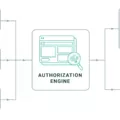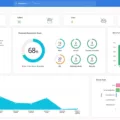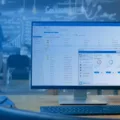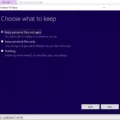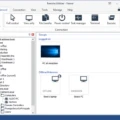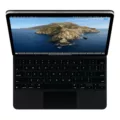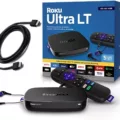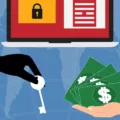RD Tabs is a powerful, feature-packed remote desktop solution that allows users to connect to multiple computers on their network simultaneously. Developed by Avian Waves, the software makes use of the popular Microsoft Remote Desktop Protocol (RDP) to allow users access to remote desktops. With RD Tabs, you can easily manage and control your remote computers in one convenient place.
RD Tabs is extremely easy to set up and use. All you need is a Windows-based computer with an internet connection and the necessary server software installed. Once setup is complete, you simply launch RD Tabs and connect to your desired remote desktop. The software offers a variety of tools and features such as tabbed browsing, multiple monitor support, clipboard synchronization, file transfer capabilities, and much more.
One of the most useful features of RD Tabs is its ability to streamline your workflow by allowing you to open multiple applications at once on different tabs. This saves time by eliminating the need to constantly switch between programs or desktops. Additionally, it eliminates the need for additional windows which would otherwise clutter your workspace.
Overall, RD Tabs provides an intuitive solution for remotely managing multiple computers on your network with relative ease. With its impressive range of features, it’s easy to see why so many users are relying on this software for their remote desktop needs.
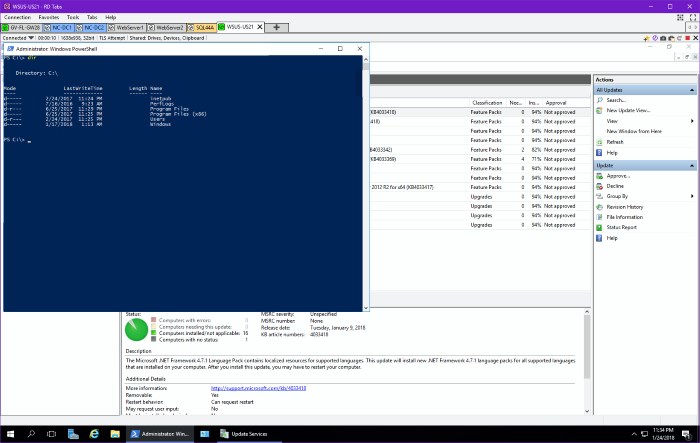
Is RD Tabs a Free Software?
Yes, RD Tabs is a free remote desktop and remote desktop application. It is developed by Avian Waves for Windows and can be downloaded at no cost. RD Tabs provides an easy-to-use interface to manage multiple remote desktops with just one click. It also has many useful features such as file transfer, session sharing, clipboard synchronization, and more.
Uses of Remote Desktop Protocol (RDP)
RDP is used for remote desktop access, allowing users to access a computer from a remote location. This allows users to access and control their computer from anywhere in the world, without having to physically be at the machine itself. This can be especially useful for businesses, allowing employees to work from home or remotely while still having full access to their data and applications. RDP is also commonly used for troubleshooting and technical support, as it enables technicians to connect remotely and diagnose issues more quickly. Additionally, RDP can be used for providing remote access to certain applications or services on a network, such as file-sharing or database services.
What Does RDP Stand For?
RDP stands for Microsoft Remote Desktop Protocol. It is a protocol that allows users to access and run applications on a remote server from a local computer. With RDP, users can connect to and control remote Windows-based PCs and servers, allowing them to access data and applications remotely as if they were sitting in front of the physical machine. RDP also provides secure authentication, encryption, auditing, and other security measures that help protect the network from unauthorized access.
Understanding How Remote Desktop Protocol Works on Windows 10
Remote Desktop Protocol (RDP) is a Microsoft-developed protocol that enables users to connect to other computers, or Virtual Machines, over a network connection. It allows users to access the remote computer’s desktop environment as if they were physically in front of it. With RDP, users can access applications and data on the remote machine as if they were local.
RDP works by generating an encrypted connection between two computers. Once the connection is established, both machines can communicate with each other using the RDP protocol. The remote computer’s desktop is displayed on the user’s local computer, allowing them to interact with both systems simultaneously. This allows users to access resources and applications from either machine without having to transfer files or programs between them.
In Windows 10, RDP is enabled by default and can be accessed by typing “mstsc” into the search bar on the taskbar. From here, you can set up a connection with another computer or Virtual Machine using its IP address or hostname. Once connected, you’ll have full access to the remote system and will be able to use any installed programs or access any data stored there.
Can RDP Be Used to Track a User?
Yes, you can be tracked using Remote Desktop Protocol (RDP). RDP is a protocol used to remotely access computers over the internet. When you connect to a computer remotely using RDP, your IP address and location are visible to anyone with access to the remote computer. This means that if you connect to a public computer or one owned by your Internet Service Provider (ISP), they may be able to track your activity. To ensure privacy and security when using RDP, it’s important to use a virtual private network (VPN). A VPN creates an encrypted tunnel between your device and the remote computer, which prevents anyone from seeing your IP address or location. Additionally, some providers offer specialized encryption services which further protect your data from being tracked or monitored.
Is Remote Desktop Protocol Secure?
Using Remote Desktop Protocol (RDP) can be a secure way to access data and remote systems if the proper security measures are taken. RDP is designed with security in mind, and when properly configured it can be a safe option for remote access. It is important to note, however, that there are inherent vulnerabilities associated with using any remote access protocol, including RDP.
As such, it is important to secure your system using best practices. This includes ensuring that your servers are regularly updated and patched, enabling two-factor authentication for user login attempts, restricting access to specific hosts or networks from which users can connect, and implementing strong encryption protocols such as TLS or SSL. Additionally, you should monitor RDP activity closely to detect any suspicious logins and ensure that only trusted users have access to the system. Following these steps will help ensure that your RDP connection is secure and safe to use.
Logging Into Remote Desktop Protocol (RDP)
Logging into a Remote Desktop Protocol (RDP) is easy! First, open the Start menu and type in ‘mstsc’ in the search box. Press enter to open the Remote Desktop Connection window. In the Computer field, enter your server’s IP address. Next, click Connect. A Windows login prompt will appear – enter your username and password credentials here to log in securely. Finally, your server’s desktop interface will load and you can start working on your server remotely!
Checking If Remote Desktop Protocol Is Enabled
To find out if your Remote Desktop Protocol (RDP) is enabled, you can check the value of the fDenyTSConnections key in your computer’s registry. To do this, open the Windows Registry Editor and navigate to HKEY_LOCAL_MACHINE\SYSTEM\CurrentControlSet\Control\Terminal Server or HKEY_LOCAL_MACHINE\SOFTWARE\Policies\Microsoft\Windows NT\Terminal Services. If the value of the fDenyTSConnections key is 0, then RDP is enabled. If the value of the fDenyTSConnections key is 1, then RDP is disabled. It is also possible to enable or disable RDP by using the System Properties dialog box in Control Panel.
Enabling Remote Desktop Protocol (RDP) on Windows
To enable Remote Desktop Protocol (RDP) on Windows 10, first, open the Settings app by clicking the Start button, then select System. In the System settings category, click the Remote Desktop option. On this page, toggle the switch to turn the remote desktop “On”. Finally, click Confirm to save your changes. Now you can access your device remotely using RDP.
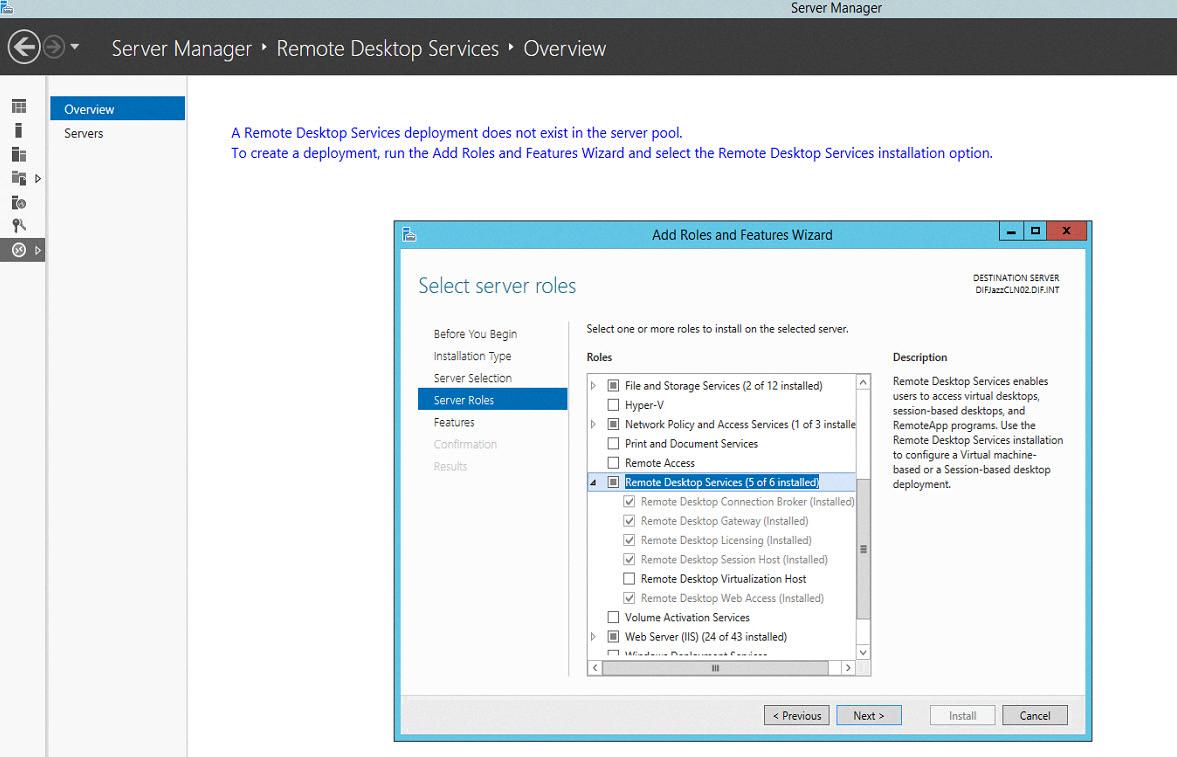
Source: stackoverflow.com
Conclusion
In conclusion, RD Tabs is a powerful remote desktop and remote desktop application that provides users with an efficient way to connect and access their PC from anywhere. It uses the Remote Desktop Protocol (RDP), which is the most commonly used protocol, to provide users with secure display and input capabilities over a network connection. RD Tabs is free to use and offers users an easy-to-use interface that makes connecting to their PC fast and simple.

